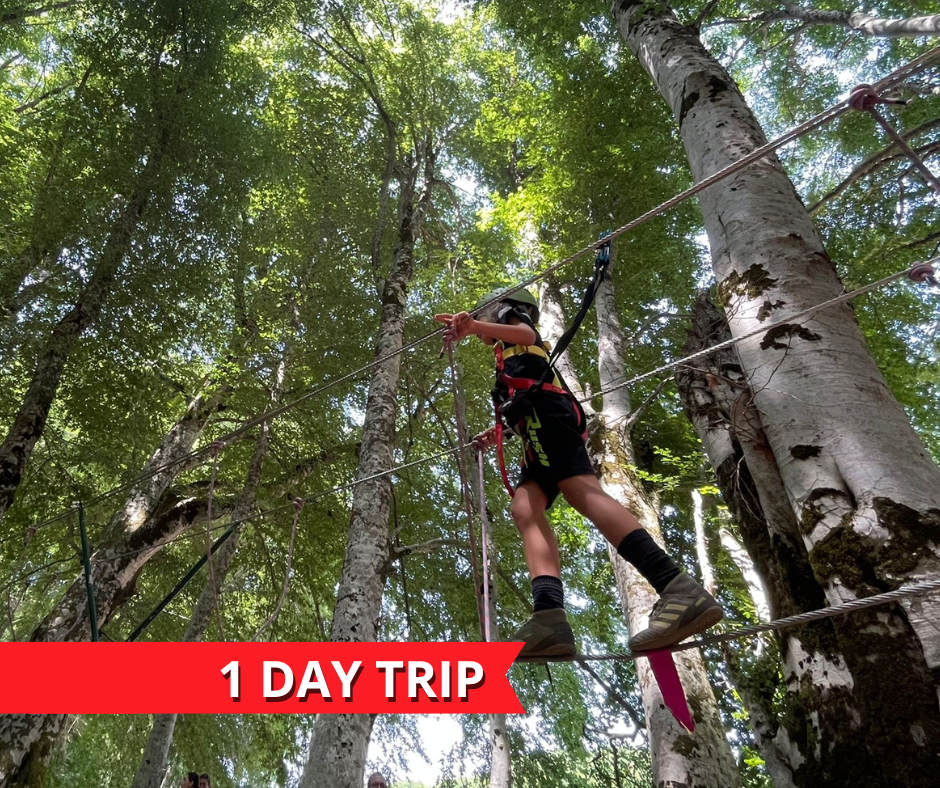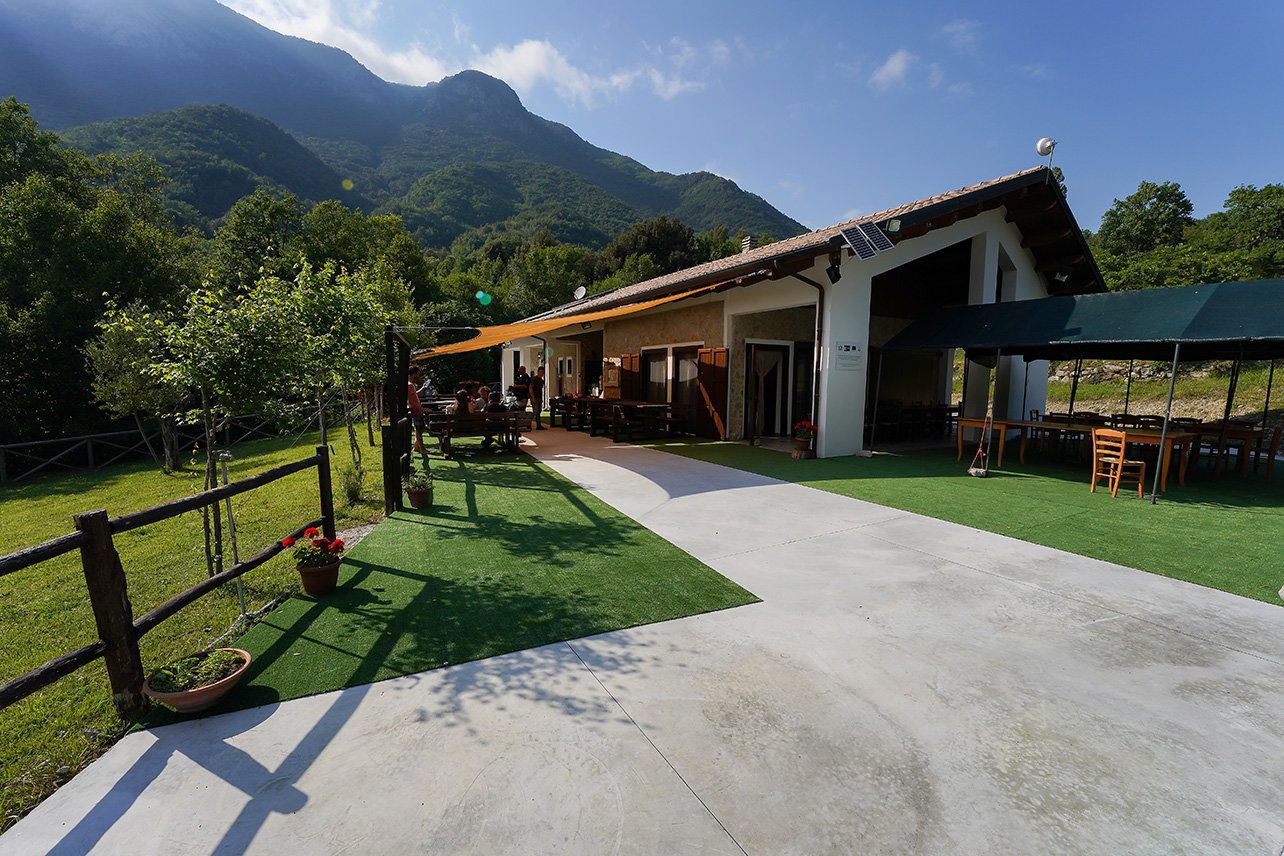Along the border between Calabria and Basilicata, in the heart of the Pollino National Park, is the small town of Laino Borgo. Enclosed between the courses of the Lao river and the Iannello river, the historic centre, criss-crossed by its narrow alleys, offers glimpses of natural panoramas or of hidden openings and courtyards, small churches and houses with typical stone portals (reminiscent of the old noble palaces) that follow one after the other until reaching the Chiesa Matrice del Santo Spirito.
Laino Borgo

Laino Borgo is located on the border between Basilicata and Calabria, and is included in the Pollino National Park. Its territory is mainly hilly, reaching a maximum height with the 1,264 metres of Mount Gada, and is crossed by the Iannello and Lao rivers (this river, according to some, is the origin of the town's name: Lainos, meaning 'of the Lao river'). The area has several caves, some of which are of archaeological, historical and botanical interest: among the most important are the 'grotte dei briganti' (caves of the brigands) in the localities of Malomo and Traversa and the 'grotta del Capelvenere' (cave of the maidenhair) in the locality of Difesa. Moreover, the Laino territory is particularly rich in water springs, located in particularly suggestive places. Laino Borgo was once united with Laino Castello: a centre of ancient origins, which saw a succession of Romans, Byzantines and Longobards and of which tangible evidence still remains (its name is due to the fact that in the clashes for dominance between the Byzantines and the Longobards, the latter built an imposing castle on the San Teodoro hill). The two villages would later split twice, the last (and final) one in the 1940s. Today, Laino Castello is no longer inhabited, following seismic problems, but it still retains all the charm and authenticity of an ancient jewel suspended in time.
In Laino Borgo, traditional cuisine is typical of Calabria's rural villages. The products of the land, evidence of a genuine past linked to peasant work, are the protagonists of numerous dishes, such as 'zafarani' peppers, to be eaten stuffed 'zafarani chini' or soups based on 'white poverello' beans, also excellent with pork rinds and cabbage. Cold cuts, especially sausages and soppressate, also have a consolidated tradition: these are still handmade according to ancient recipes and produced using certified local meat. Even pasta, fresh and home-made, is still prepared as in the past: famous are the lagane with chickpeas, gnocchetti and special fusilli al ferro, to be eaten with hearty meat sauces. The desserts are typical of the Cosenza area: made with a few simple ingredients, they preserve the genuine flavours and aromas of the past. Among the many, particularly typical are the 'turdiddri', similar to fried gnocchi, made with flour, aniseed and oil, to be eaten covered with honey, and the 'bocconotti', a rich sweet made of short pastry filled with various fillings, to be eaten in a single bite. Finally, there is no shortage of wines: the Pollino area produces fine wines that are appreciated throughout Italy, such as the red Pollino wine, recognised with the DOC mark.
The events organised in Laino Borgo are those typical and characteristic of all those Pollino villages with an ancient history and a strong, authentic identity. Spirituality is deeply felt in Laino Borgo: here, during Good Friday, 'La Giudaica' is performed, that is, the last days of Jesus' life. The entire local population participates in the event and the village is transformed into an open-air theatre. One of the most typical and folkloristic events is, in June, the Feast of St. Anthony, a festival in honour of the Saint where, in the procession that takes place amidst music and folk songs, there is the traditional dragging of large tree trunks by oxen driven by the townspeople. In September, the Festa della Madonna delle Cappelle is very popular: a religious procession that starts from Laino Borgo and arrives at the Santuario delle Cappelle, where the religious celebration is held, followed by a fair with music and banquets. In October and November, on the other hand, there are two occasions related to local gastronomy: the truffle festival (in October) where it is also possible to visit a truffle ground, and the chestnut festival (in November) dedicated to this typical product of the entire Pollino area. Lastly, the annual events conclude with the representation of the Living Crib, staged for the occasion in the evocative setting of Laino Castello.






